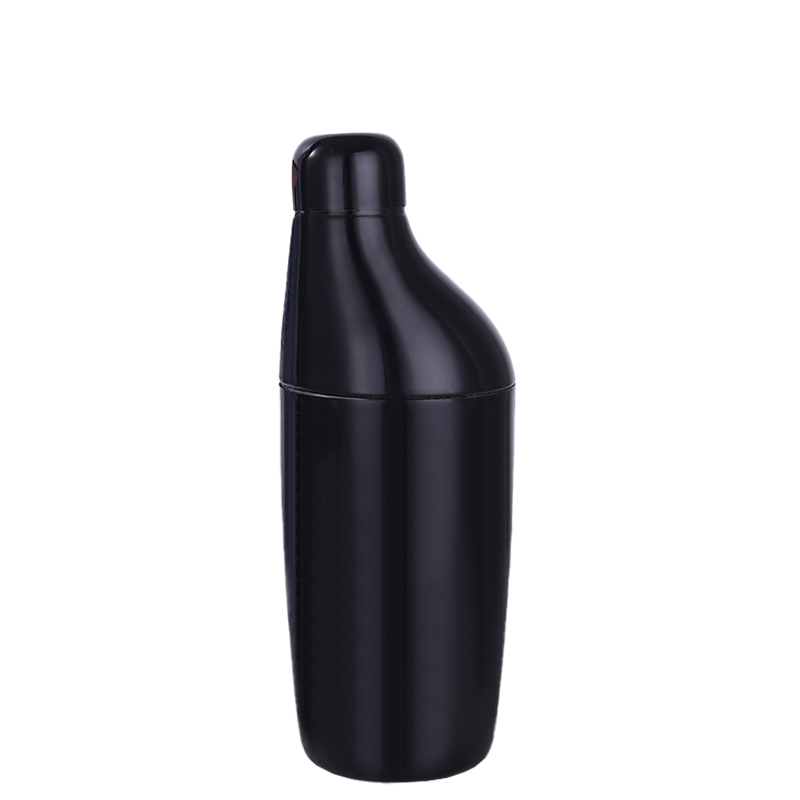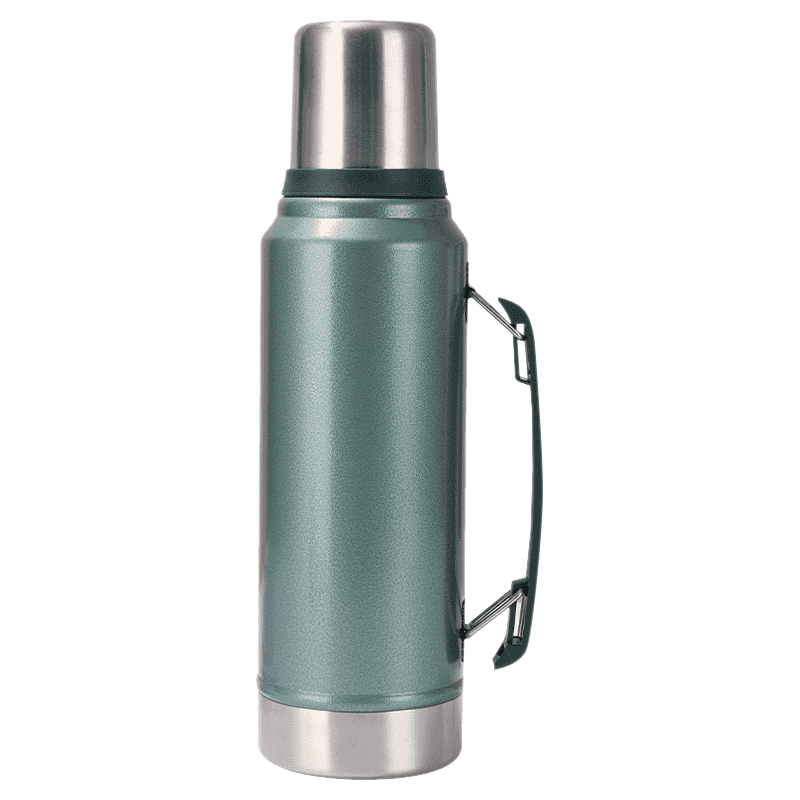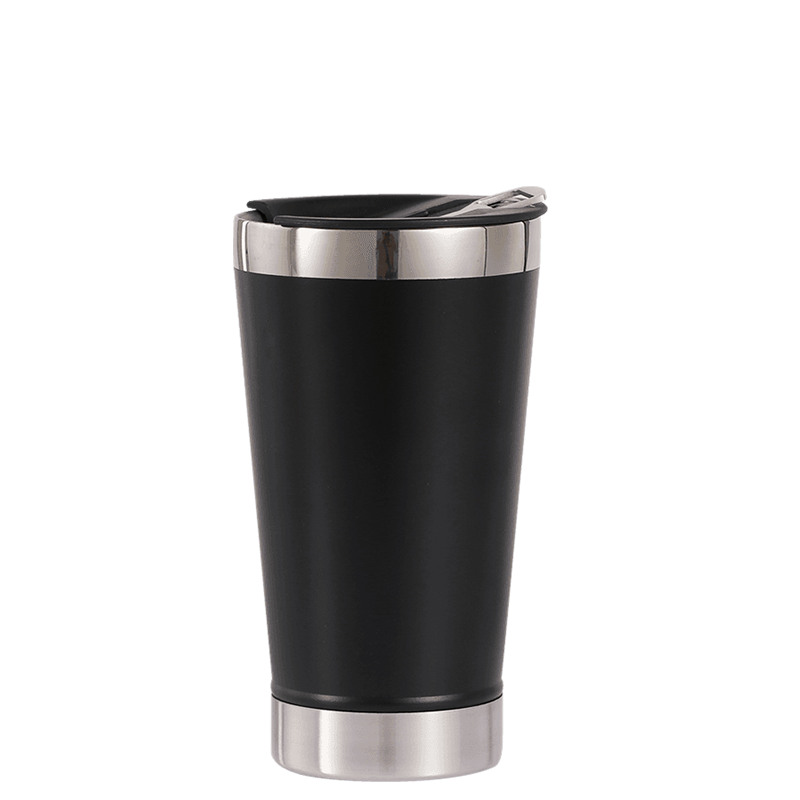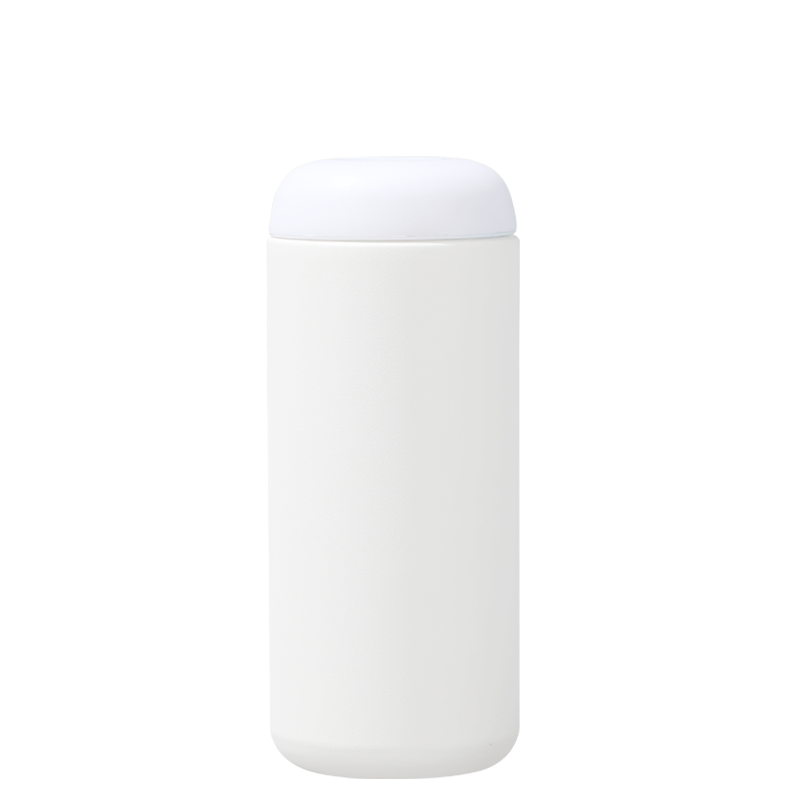
+86-13566758039

Industry News
What is a Stainless Steel Fire Pit?
A stainless steel fire pit serves as an outdoor heating appliance engineered for wood or gas combustion. Constructed primarily from stainless steel, this material provides durability along with resistance to rust and corrosion, aligning well with outdoor environmental demands. Many designs incorporate double-walled construction to facilitate airflow and enable secondary combustion, reducing smoke output while improving heat distribution.
What does a Stainless Steel Fire Pit actually need to deliver?
Reliable heat without warping or shortening lifespan.
Resistance to rust and corrosion so it doesn't become an eyesore outdoors.
Low daily and seasonal maintenance — minimal scrub, no special coatings to renew.
A footprint and weight suitable for moving and storage.
A look that elevates the space and feels contemporary — not clunky or dated.
Why Stainless Steel Defies the Elements?
Stainless steel contains a significant percentage of chromium. When exposed to oxygen, chromium forms an ultra-thin chromium oxide film across the surface. That film is "passive" — it bonds tightly and prevents oxygen from reaching the iron atoms beneath, which halts the usual rusting chemistry. If the film is scratched and the surface exposed, the same chromium reacts with oxygen in the air and regenerates the protective layer, given normal atmospheric conditions. Not all stainless compositions are identical — some offer stronger resistance against chlorides or acidic environments, but the passive-layer idea is the shared mechanism that makes stainless steel a durable outdoor metal. Why this matters for a fire pit: the passive film guards against the constant cycles of wetting and drying a backyard piece faces, and it reduces the maintenance burden for homeowners who want a turnkey outdoor centerpiece.
Can stainless steel withstand high temperatures? Will it deform or discolor?
1. Heat resistance depends on alloy family and thickness. Austenitic stainless steels are widely used where heat stability matters because they retain strength at elevated temperatures.
2. With appropriate design — thicker bowls in critical spots, controlled gaps for thermal expansion, and stress-relief features — stainless steel fire pits can survive repeated high-heat cycles without permanent deformation.
3. At the surface, prolonged exposure to combustion and flames can produce color shifts and phase changes that look like patina or discoloration. That doesn't necessarily mean structural failure; it's largely cosmetic and often reversible with cleaning or polishing if desired.
4. Practical engineering (vent patterns, double-wall construction, or insulated outer rims) reduces hotspots and spreads heat more evenly so the piece lasts longer in the field.
5. This thermal behavior is well-documented in metallurgy studies of stainless steels used in high-temperature applications: choose the right alloy and geometry and a steel fire pit will be both stable and durable.

How does a Stainless Steel Fire Pit compare to cast iron, stone, or corten?
| Material | Advantages | Limitations | User Considerations |
| Stainless Steel | • Maintains corrosion resistance • Balanced strength-to-weight ratio • Compatible with double-wall insulation • Minimal seasonal maintenance |
• Higher material cost than basic steels • Can show heat discoloration |
• Lower upkeep than iron/corten • Preferred for portable designs • Modern aesthetic flexibility |
| Cast Iron |
• High heat retention • Traditional "aged" patina over time |
• Significant weight (reduces portability) • Prone to oxidation/flaking • Thermal shock risk if poorly cast |
• Requires seasonal sealing/coating • Best for permanent installations • Surface upkeep demands |
| Stone/Masonry |
• Permanent, rustic appearance • Natural heat radiation |
• Vulnerable to freeze-thaw damage• Very heavy (non-portable) Complex installation |
• Permanent site commitment required • Climate suitability limitations • Higher install cost |
| Corten Steel |
• Protective oxide layer reduces corrosion • Industrial aesthetic appeal |
• Rust runoff stains surfaces • Limited finish options • Uneven weathering patterns |
• Requires strategic placement (away from surfaces) • Weathering appearance not universally favored |
What should you look for when choosing a stainless steel fire pit for a small backyard?
1. Diameter & Footprint
For intimate groups, a 24–36 inch bowl balances presence and space. Confirm measurements include any protective screens or surrounding trays.
2. Wall Thickness & Construction
Thicker material at stress points and weld seams executed for heat cycling will extend life. Look for double-wall or reinforced rim designs.
3. Stainless Grade & Finish
300-series austenitic steels are common for their balance of corrosion and heat performance. Brushed or satin finishes hide fingerprints and light patina better than mirror polish.
4. Drainage & Ash Management
Removable ash pans, easy access ports, or built-in drain holes save cleaning time and reduce stored moisture.
5. Portability
Handles, detachable legs, or a collapsible base support flexible small-space layouts and winter storage.
6. Safety Features
Stable base, spark screen options, and cool-touch rims matter when space is tight and people gather near furniture.
7. Accessory Ecosystem
Grates, cooking attachments, and covers add versatility — check compatibility with manufacturer-supplied accessories.
8.Warranty & Support
A clear warranty and accessible customer service (plus spare parts availability) are practical indicators of product longevity.
Which features keep a stainless steel fire pit reliable for years?
1. Stress-relief seams and radiused corners
Sharp corners concentrate stress under thermal cycling, so a rounded interior shell reduces fatigue.
2. Graded wall thickness
Reinforcing the base and rim prevents sagging while keeping sidewalls lighter for easier heat dissipation.
3. Airflow engineering
Controlled air ports encourage clean combustion, which reduces soot deposition and keeps heat distribution even.
4. Removable inner insert
A replaceable inner bowl or liner lets you swap the wear surface without discarding the entire unit.
5. Protective outer skins
A double-wall design where the inner bowl does the thermal work and the outer shell stays cooler improves perceived safety and limits exterior discoloration.
6.Corrosion-aware joins
Matching filler metals and correct passivation after welding prevent crevice corrosion at seams.
7. Coatings and finishes
Though stainless steel can be used uncoated, optional high-temperature finishes or ceramic coatings on interior surfaces can reduce visible oxidation and extend cosmetic life.
What practical maintenance keeps performance optimal?
1. Daily / After-use
Let embers cool, remove loose ash into a non-combustible container, wipe interior with a dry cloth. For cooking use, give the grate a quick scrub to avoid buildup.
2. Monthly
Inspect seams and the ash pan. Wipe the external surfaces with mild soap and water. Avoid abrasive cleaners that remove protective oxide layers unnecessarily.
3. Seasonal
If storing outdoors, use a breathable cover. For coastal environments, rinse with fresh water and dry to remove salt deposits that can stress the passive film.
4. When you see discoloration
Light tempering colors or smoke stains are often cosmetic; use a stainless cleaner or non-abrasive pad. Deep staining may require professional restoration if appearance is mission-critical.
5. Welding / Repair
If a weld shows signs of porosity or failure, replace the liner or consult repair services that understand stainless passivation protocols to restore corrosion resistance.
These straightforward steps are why many buyers choose stainless steel: the ongoing time investment is modest compared to other materials. Contemporary advice for product care emphasizes that corrosion resistance does not equal "no care required" — it simply lowers the level of attentiveness needed.
What are the realistic limitations and trade-offs?
| Consideration | Limitation / Trade-off | Buyer Awareness Point |
| Cosmetic change | Prolonged high-heat exposure, chlorides, or certain contaminants can cause stains, streaks, or discoloration | Typically surface-level, but may be visually undesirable |
| Staining resistance | Not fully immune to staining; passive film can be compromised by salt or aggressive chemicals | Installation location and usage environment matter |
| Price point | Higher upfront cost than some alternative materials | Weigh against lower lifetime and maintenance costs |
| Aesthetic perception | Modern/contemporary look may not suit all style preferences | Consider if a rustic or traditional look is desired |
| Build quality | Poorly welded or thin-gauge products fail to meet performance expectations | Select reputable manufacturers and solid workmanship |
Your email address will not be published. Required fields are marked *








* Your email is safe with us, we don't spam.


Our company's products include vacuum flasks, beer mugs, coffee mugs, car tumbler, fire stove and tensile parts, etc.
Phone: +86-13566758039
Tel: +86-0579-87171178
Fax: +86-0579-87171178
E-mail: [email protected]
Add: No.29, Qiaodong Road, Qiaotouzhou Village, Longshan Town, Yongkang, Jinhua, Zhejiang, China.

 English
English 中文简体
中文简体 日本語
日本語 Français
Français Español
Español